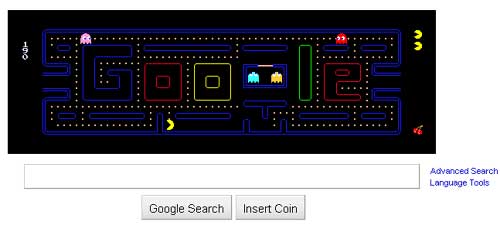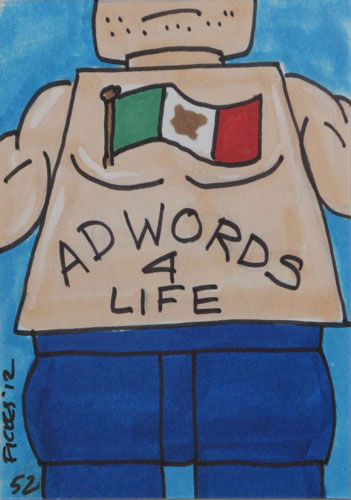Remember Microsoft’s So.cl social network? It has now launched to the public. You can sign up and use it if you want.
Socl was spotted back in November, originally under the name Tulalip, and then Microsoft officially announced it in December, as a way to give students a new way to learn. It was initially made available to students at the University of Washington, Syracuse University, and New York University.
At the time, Microsoft said, “So.cl has been designed for students studying social media to extend their educational experience and rethink how they learn and communicate. They can build posts with many elements—photos, video, text, and more—and share them with colleagues. They also can find students with similar interests and build communities around specific educational goals. So.cl might even give students the ability to create their own social tool, customized for their own community.”
To use the service, you can either sign in with Facebook or your Windows Live ID. When you go to sign in using Facebook, it says:
So.cl is an experiment in open search. That means your searches on So.cl are viewable by other So.cl users and will also be available to third parties.
So.cl does not automatically post your searches, comments, or likes to your Facebook stream unless you choose this option. Also, we don’t contact your Facebook friends unless you invite them.
Then, you’re asked to choose interests (not unlike StumbleUpon) and follow the most popular users on So.cl:

Then, you’re taken to your home page, where you can “explore the best of So.cl”. The top bar and notification counter looks somewhat like Google’s:

If you click on one of the categories, you get a newsfeed for the category. This is comprised of searches that people have performed and posts that people have made to that category. For the ones based on searches, it tells you what they searched for, and then gives you a specific link (I’m not sure if this is the top result for the search, the one that person clicked on, or what). It’s a different experience. That’s for sure.

If you search for something, you’re presented with a set of results from both Bing, and feed results from So.cl. You can add results to your posts, not unlike Bing’s social features. When you’re ready, click “done” and it will post your update, with results.

They may still have some bugs to work out. When I tried to post the one from the screen cap above, it didn’t really give me any indication that it was actually posted. When I went to “My Posts” it was nowhere to be found. It’s also telling me that I have 0 interests. Then why did I accept all the suggestions it gave me at the beginning? It also says I am following 0, even though I also elected to follow the popular people it suggested.
Another feature of the service is called “Video Parties,” which appear to be Microsoft’s version of Google’s Hangouts. Here’s what the site says about them:
Watch videos with your So.cl friends in real time by creating a party in So.cl. Note: Video Party allows other users to see the videos that you have posted or viewed

It appears that users get 10 invitations to start with.
So, it seems this is about more than a tool for students now. It’s unclear whether Microsoft is really trying to build its own social network like Google has done with Google+, or if this is really just a testing ground for social Bing features. It seems like the latter.
For one, they’re letting you sign in with Facebook from the get go. This could make the whole thing more useful, since everyone is already on Facebook. Think about how much more complete Google+ would be if it had all of your Facebook friends. Of course, if it has all of your Facebook friends, what’s the point in using both? That’s where things get a little hazy with Socl too. It seems to be largely about search, and BIng is obviously Microsoft’s baby in that department (complete with a fresh, socially-focused redesign, no less).
Lili Cheng, one of Socl’s creators, reportedly said that they’re using Socl as “an experiment with the search + social networking experience from Microsoft Research,” and that we’ll see “other experiments in Socl over time.”
Have you tried Socl yet? What is your impression? Let us know in the comments.


































